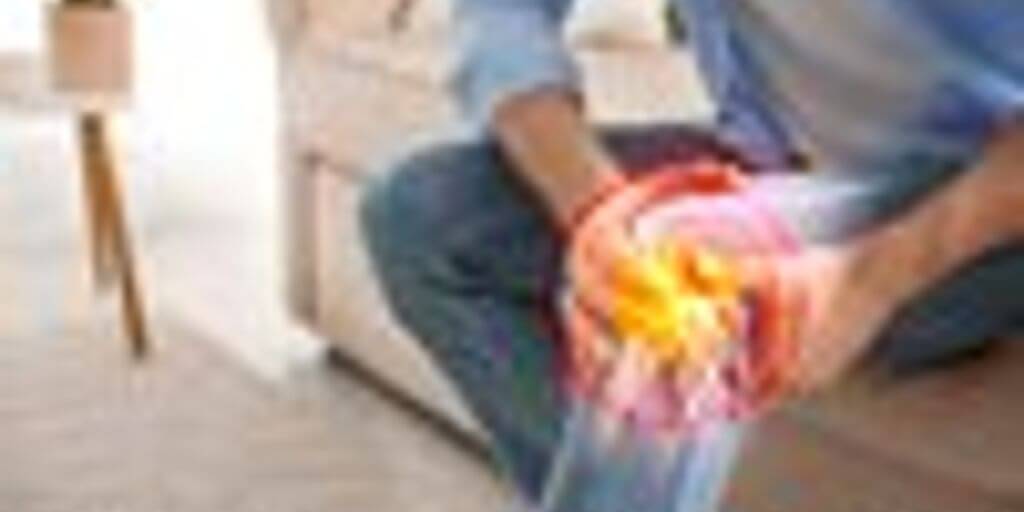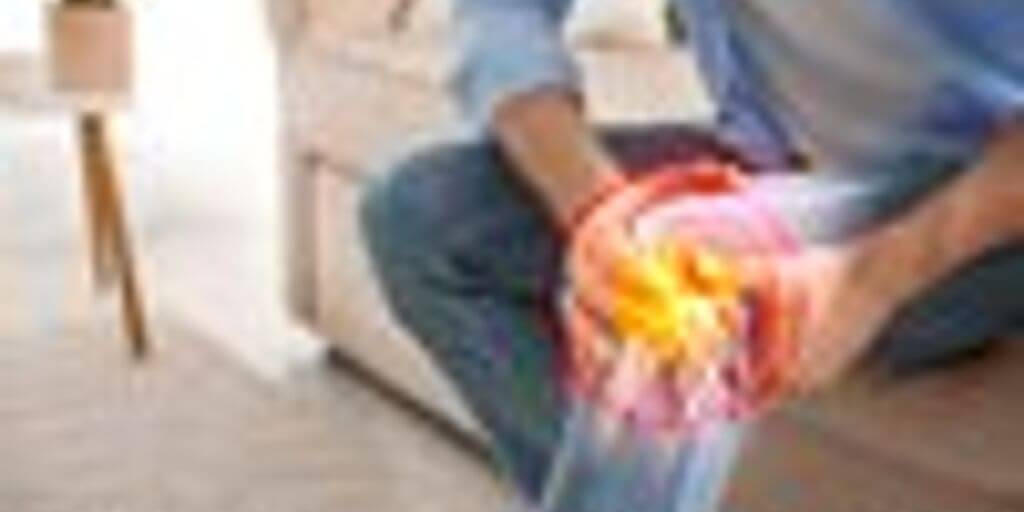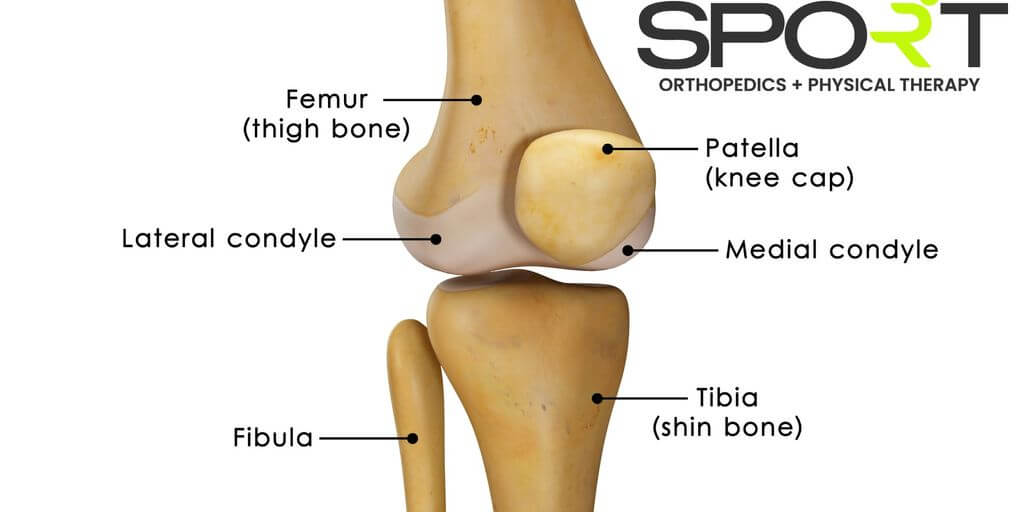Knee injuries can greatly affect our daily lives. Understanding the causes and treatments is important to manage and prevent these injuries. This article will explore the knee’s anatomy, common causes of injuries, symptoms, and treatments. We’ll also cover how to prevent knee injuries and how to live with them.
Key Takeaways
- Knee injuries can come from sports, work, or age-related wear and tear.
- Recognizing early symptoms and getting a proper diagnosis is crucial for effective treatment.
- There are many treatment options available, including both non-surgical and surgical methods.
- Preventing knee injuries involves exercises, proper techniques, and using protective gear.
- Living with a knee injury requires pain management, adapting daily activities, and finding support.
The Anatomy of the Knee and Its Vulnerabilities

The knee is a complex joint that plays a crucial role in our movement. Understanding its structure is key to recognizing why it can be so vulnerable to injuries. The knee consists of several important parts, including bones, ligaments, tendons, and cartilage.
Key Structures of the Knee Joint
The main components of the knee include:
- Femur (thigh bone)
- Tibia (shin bone)
- Fibula (smaller bone next to the tibia)
- Patella (kneecap)
- Ligaments (which connect bones)
- Cartilage (which cushions the joint)
Common Weak Points in the Knee
Some areas of the knee are more prone to injury, such as:
- Anterior cruciate ligament (ACL)
- Medial collateral ligament (MCL)
- Meniscus (cartilage that acts as a cushion)
How Knee Anatomy Contributes to Injury
The unique design of the knee allows for a wide range of motion, but this flexibility can also lead to injuries, especially during sports or physical activities. For instance, sudden stops or twists can put excessive strain on the ligaments.
The knee’s structure is a balance of strength and flexibility, making it both functional and vulnerable.
In summary, knowing the anatomy of the knee helps us understand its weaknesses and the types of injuries that can occur. By being aware of these factors, we can take steps to protect our knees during activities.
| Structure | Function |
|---|---|
| Femur | Supports body weight |
| Tibia | Main weight-bearing bone |
| Patella | Protects the knee joint |
| Ligaments | Stabilize the joint |
| Cartilage | Cushions and absorbs shock |
Common Causes of Knee Injuries
Sports-Related Injuries
Engaging in sports can often lead to knee injuries. High-impact activities like basketball, soccer, and running put a lot of stress on the knee joint. Sudden movements, twists, and turns can cause ligaments to tear or muscles to strain.
Workplace and Daily Activity Injuries
Injuries at work or during daily activities are also common. Jobs that require heavy lifting or repetitive movements can strain the knee. Even simple actions like climbing stairs or walking on uneven surfaces can lead to problems over time.
Age-Related Degeneration
As people get older, their knees naturally wear down. This degeneration can lead to conditions like osteoarthritis. The cartilage that cushions the knee joint wears away, causing pain and stiffness.
It’s important to be aware of these common causes to take steps to protect your knees and maintain their health.
Symptoms and Diagnosis of Knee Injuries
Recognizing Early Symptoms
Knee injuries can start with mild discomfort but can quickly become more serious. Early signs include swelling, stiffness, and difficulty moving the knee. Sometimes, you might hear a popping sound at the time of injury. It’s important to pay attention to these early symptoms to prevent further damage.
Diagnostic Tools and Techniques
Doctors use several methods to diagnose knee injuries. Physical exams are often the first step, where the doctor checks for pain, swelling, and range of motion. Imaging tests like X-rays, MRIs, and CT scans provide a detailed look at the knee’s internal structures. These tools help in identifying the exact cause and extent of the injury.
When to Seek Medical Attention
Knowing when to see a doctor is crucial. If you experience severe pain, can’t put weight on your knee, or notice significant swelling, it’s time to seek medical help. Ignoring these signs can lead to more serious problems. Early diagnosis and treatment can make a big difference in recovery.
Don’t ignore knee pain. Early treatment can prevent long-term issues and help you get back to your normal activities faster.
Short-Term and Long-Term Impact of Knee Injuries
Immediate Consequences
Knee injuries can cause sudden pain and swelling, making it hard to move or put weight on the leg. Immediate medical attention is often needed to prevent further damage. Bruising and stiffness are also common right after the injury.
Chronic Pain and Mobility Issues
Over time, knee injuries can lead to ongoing pain and trouble moving. This can make daily tasks like walking or climbing stairs difficult. Some people may even develop arthritis in the injured knee, which can worsen over the years.
Psychological and Emotional Effects
Living with a knee injury can be tough on your mind as well as your body. Feelings of frustration, sadness, or even depression can occur, especially if the injury limits your activities. It’s important to seek support from friends, family, or professionals to help cope with these feelings.
Dealing with a knee injury is not just about physical healing; it’s also about finding ways to stay positive and motivated.
Effective Treatment Options for Knee Injuries
Non-Surgical Treatments
Non-surgical treatments are often the first line of defense against knee injuries. These can include rest, ice, compression, and elevation (RICE). Over-the-counter pain relievers like ibuprofen can help reduce pain and swelling. Physical therapy is another key component, focusing on exercises that strengthen the muscles around the knee to provide better support.
Surgical Interventions
When non-surgical methods are not enough, surgery might be necessary. Common surgical options include arthroscopy, where a small camera is used to repair the knee, and knee replacement surgery for severe cases. The type of surgery depends on the injury’s severity and the patient’s overall health.
Rehabilitation and Physical Therapy
Rehabilitation is crucial for recovery. It often involves a combination of physical therapy exercises, stretching, and sometimes the use of braces or other supportive devices. The goal is to restore full function and mobility to the knee. Consistency in following the rehab plan can make a significant difference in the outcome.
Recovery from a knee injury is a journey that requires patience, dedication, and the right treatment plan. Always consult with healthcare professionals to choose the best course of action.
Preventative Measures to Avoid Knee Injuries
Strengthening Exercises
Strengthening the muscles around the knee can provide better support and reduce the risk of injury. Focus on exercises that target the quadriceps, hamstrings, and calves. Regular exercise routines can help maintain muscle balance and joint stability. Simple activities like squats, lunges, and leg presses can be very effective.
Proper Techniques in Sports and Daily Activities
Using the right techniques in sports and daily activities is crucial to prevent knee injuries. Always warm up before engaging in physical activities and cool down afterward. Pay attention to your form and posture, especially when lifting heavy objects or performing repetitive movements. Proper technique can significantly reduce the strain on your knees.
Protective Gear and Equipment
Wearing appropriate protective gear can help safeguard your knees from injuries. This includes knee pads, braces, and proper footwear. Make sure your shoes provide adequate support and cushioning. In sports, using the right equipment designed for your specific activity can also play a significant role in injury prevention.
Taking proactive steps to protect your knees can help you stay active and healthy. Remember, prevention is always better than cure.
Living with a Knee Injury: Tips for Daily Life
Pain Management Strategies
Managing pain is crucial when living with a knee injury. Using ice packs can help reduce swelling and numb the pain. Over-the-counter pain relievers like ibuprofen can also be effective. Sometimes, doctors may prescribe stronger medications if needed. It’s important to follow the dosage instructions carefully to avoid side effects.
Adapting Daily Activities
Living with a knee injury often means making changes to your daily routine. Simple tasks like walking or climbing stairs can be challenging. Using assistive devices like crutches or a cane can make moving around easier. Rearranging your home to keep essential items within reach can also help reduce strain on your knee.
Support Systems and Resources
Having a strong support system is vital. Friends and family can offer emotional support and help with daily tasks. Joining a support group can also be beneficial. These groups provide a space to share experiences and tips with others who understand what you’re going through. Additionally, many online resources offer valuable information and advice on managing knee injuries.
Conclusion
Knee injuries can be really tough, but understanding what causes them and how to treat them can make a big difference. Whether it’s from sports, accidents, or just everyday wear and tear, knowing the right steps to take can help you get back on your feet faster. Remember, it’s important to listen to your body and seek help when you need it. With the right care and attention, you can overcome a knee injury and get back to doing the things you love.
Frequently Asked Questions
What are the main parts of the knee?
The knee is made up of bones, cartilage, ligaments, and tendons. The main bones are the femur, tibia, and patella.
How do sports cause knee injuries?
Sports can cause knee injuries due to sudden movements, twists, or impacts. Common sports-related injuries include ACL tears and meniscus tears.
What are early signs of a knee injury?
Early signs can include pain, swelling, stiffness, and difficulty moving the knee. If you notice these symptoms, it’s important to see a doctor.
What treatments are available for knee injuries?
Treatments can range from rest and ice to physical therapy and surgery. The best treatment depends on the type and severity of the injury.
How can I prevent knee injuries?
You can prevent knee injuries by doing exercises to strengthen your legs, using proper techniques in sports and daily activities, and wearing protective gear.
How do knee injuries affect daily life?
Knee injuries can make it hard to do everyday activities like walking, climbing stairs, or even sitting comfortably. Pain management and adapting activities can help.















